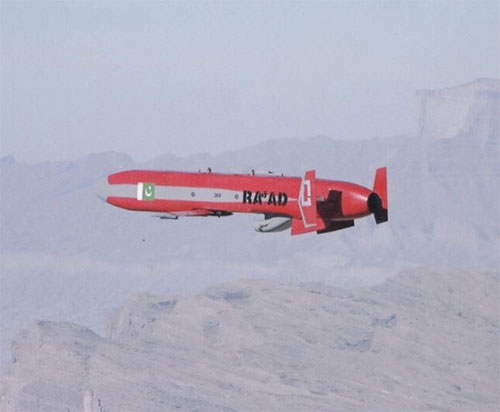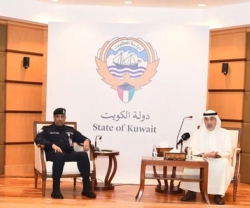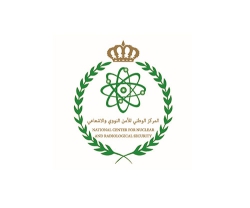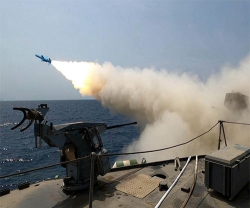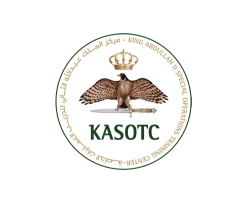Pakistan test-launched a new variant of its Ra’ad II nuclear-capable air-launched cruise missile (ALCM) on February 16, according to the Inter-Services Public Relations (ISPR), the media wing of the Pakistani military.
The new longer-range Ra’ad II “significantly enhances air delivered strategic standoff capability on land and at sea,” ISPR said in a February 18 statement. “The weapon system is equipped with state of the art guidance and navigation systems ensuring engagement of targets with high precision.”
A video of the launch released by ISPR showed the Ra’ad II being launched from a Pakistan Air Force (PAF) Mirage III fighter aircraft. ISPR referred to the new weapon system as “a major step towards complementing Pakistan’s deterrence capability.”
The Ra’ad II was first publicly revealed as a mock-up in 2017 during Pakistan’s annual military parade in Islamabad.
The 4.85 meter-long Ra’ad-II had a stated range of 550-600 kilometers. It is capable of carrying both conventional and nuclear payloads.
Pakistan’s Ra’ad (also known as the Hatf VIII) series bears a resemblance to several South African stand-off missile projects, including the MUPSOW cruise missile and Torgos long-range guided weapon. Pakistan and South Africa have worked together on advanced weapons development in the past. THE DIPLOMAT reported.
The 350-kilometer variant of the Ra’ad cruise missile was first test-launched by the Pakistan Air Force in 2007. The development of the latest Ra’ad II variant may in part be influenced by India’s air defense modernization efforts.
Pakistan’s February 16 test launch comes after the U.S. Defense Security Cooperation Agency (DSCA) announced on 10 February that the U.S. Department of State had approved a potential $1.86 billion Foreign Military Sale (FMS) to India of an “Integrated Air Defense Weapon System (IADWS),” THE DIPLOMAT reported.
The IADWS sales package includes a range of sensors, weapons systems, and support equipment. The potential sale also includes AN/MPQ-64Fl Sentinel radar systems, AMRAAM AIM-120C-7/C-8 missiles and associated guidance and control equipment, and Stinger FIM-92L missiles.
India is also in the process of procuring Russian-made Almaz-Antei S-400 Triumf air defense systems (NATO reporting name: SA-21 Growler). India placed a $5.5 billion order for five S-400 air defense squadrons (regiments) for service in the Indian Air Force.
Given compatibility and interoperability issues, India would have to operate the two systems in isolation.
The acquisition of the Russian long-range air defense systems has caused strong opposition from the United States, which has threatened economic sanctions on India under U.S. legislation known as the Countering America’s Adversaries Through Sanctions Act (CAATSA).

